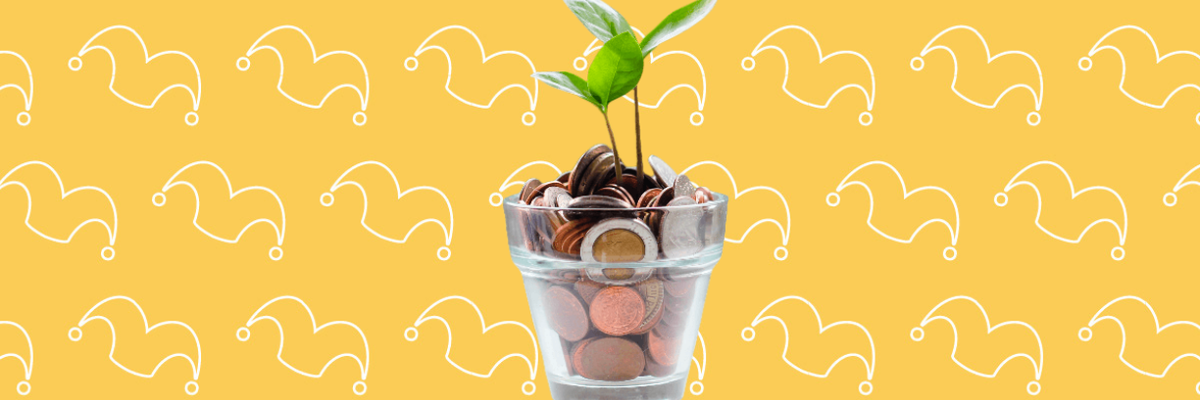Prediction: 5-Year CD Rates Will Drop Below 3.25% in 2024
KEY POINTS
- As the Federal Reserve drops the federal funds rate, banks drop the rates on deposit accounts.
- Deposit accounts like CDs are forward-looking, meaning rates can change based on what the Fed is expected to do next.
- Due to uncertainty regarding what the Federal Reserve will do next, banks have recently saved the best rates for short-term CDs and offered a lower APY on long-term CDs
If you've been watching certificates of deposit (CDs), post-pandemic rates may have come as a pleasant surprise. With many financial institutions offering APYs of 4%, 5%, and even more, CDs quickly became an easy and safe place to grow money. After several years of rising interest rates, the Federal Reserve recently announced it's easing monetary policy. While most of us are grateful for lower rates on consumer loans, we must accept the sour with the sweet.
I've never been known for mystical predictive abilities, but as someone who tends to notice details, I'm confident in saying that I expect 5-year CD rates to drop below 3.25% by the end of 2024. Here's why.
CDs are a forward-looking financial product
The market for CDs is forward-looking. That means financial institutions set rates based on what's most likely to happen, making educated guesses based on information released by the Fed. Take, purely for example purposes, the current CD rate offerings from one big bank.
| Term | APY |
|---|---|
| 12-months | 4.10% |
| 18-months | 3.80% |
| 24-months | 3.60% |
| 30-months | 3.50% |
| 3-year | 3.50% |
| 4-year | 3.40% |
| 5-year | 3.40% |
According to CBS News, banks have historically offered higher rates on long-term CDs because they wanted customers to leave their money with them for an extended period.
However, given the topsy-turvy nature of the market since the pandemic began in 2020, banks are naturally cautious about making long-term predictions. While they may be reasonably confident about what the Fed will do with the federal funds rate in the next three months, they're less confident about what will happen over a longer period.
If you were to ask me where I think 3-month CD rates will be by the end of 2024, I'd say they may be slightly lower than they are today, but not by much. However, we're talking about where 5-year CD rates are likely to be by the end of this year.
Because so much can happen over five years, I predict banks will set their 5-year CD rates low enough to protect their profits, even if the Fed drops its rate more than expected.
Ready to lock in a 5-year CD or another term today before rates fall further? Check out a selection of the best CD rates to find one that works for you!
How the federal funds rate impacts us all -- indirectly
We're all indirectly impacted when the Fed raises or lowers the federal funds rate. That's because the federal funds rate isn't the interest rate we're charged when we take out a loan. It's the rate banks charge other banks when they lend them money. Here's how it works:
- Banks are required by law to keep a percentage of their deposits in cash overnight. This rule is designed to prevent "bank runs," which occur when a large group of depositors withdraw their money at the same time.
- If a bank realizes that it will not have enough cash overnight to meet its legal obligation, it borrows the funds it needs from another bank.
- The federal funds rate is the interest rate one bank is allowed to charge another bank to borrow the needed funds.
Let's say the federal funds rate is set at 4%. That's the amount Bank A must pay Bank B to borrow money. However, Bank A is in the business of earning money, so when customers come in for an auto loan, mortgage, or any other consumer loan, the bank builds a profit into the interest it charges. For example, if the federal funds rate is 4%, they might set their consumer loan interest rate at 5% or 5.5% to ensure a profit.
Have you ever noticed how much interest rates vary depending on the lender? Banks may have no say in how much they pay when they borrow money from other banks, but they do get to set their interest rates.
The trick for a bank is to set the rate low enough to attract loan applications but high enough to guarantee a profit will be made. On the investment side, they must set rates high enough to entice customers to invest but low enough to ensure a profit.
The other side of the coin
When the federal funds rate drops, a bank can no longer charge other banks the same (higher) rate of interest. Because this cuts into their interest earnings, banks lower the amount they pay on deposit accounts, such as CDs, money market accounts (MMAs), and high-interest savings accounts.
This is where being forward-looking comes into play. Banks take the Federal Reserve at its word, and rather than wait for an actual rate cut to take place, they begin lowering their rates, keeping one eye on their profits and another on what the Fed may do next.
Two additional rate cuts are expected before the end of 2024, which leads me to believe that 5-year CD rates will be around or under 3.25% by the time we ring in the new year. As a bonus prediction, I suspect 5-year CD rates will drop below 3% by summer 2025.
If you still want to take advantage of higher rates, now is an excellent time to lock in a rate above 4% on a shorter-term CD. Although they're not as high as they were this time last year, CD APYs remain attractive.
Our Research Expert




